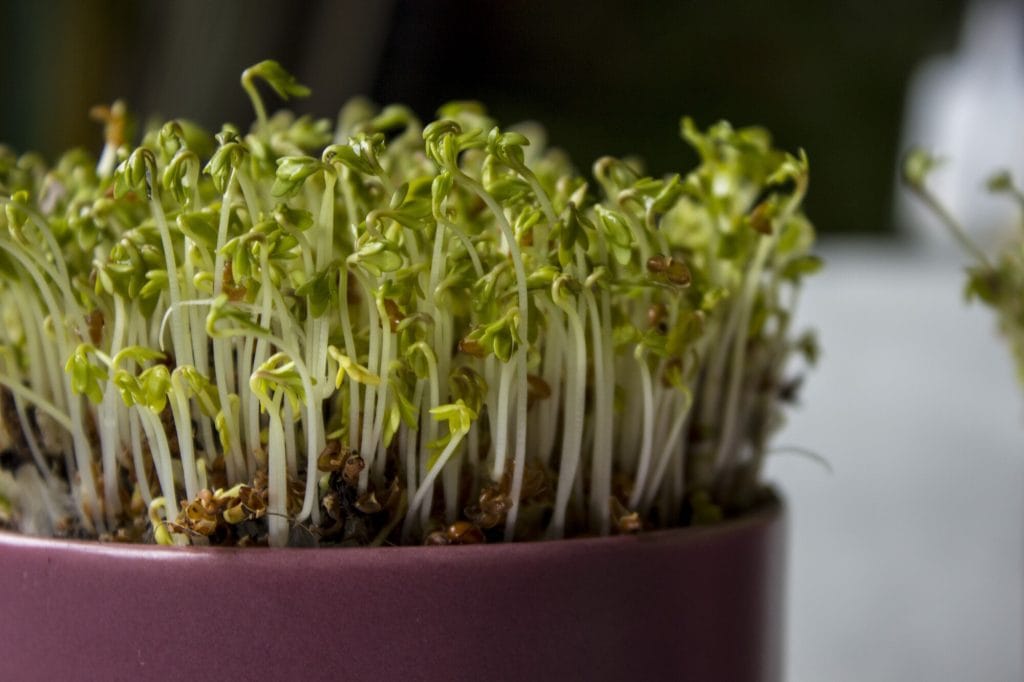You’ve suddenly developed an urge to grow your own food.
Your green fingers are itching to plant seeds, but it’s winter and you know they’ll die in the frost-covered ground outside.
Don’t give up just yet, there are plenty of foods that you can grow indoors!
We’ve put together a list of easy-to-grow foods, perfect for the aspiring indoor gardener.
The only question is, which seeds will you plant first?
Carrots
Carrots don’t need a lot of space, so they are ideal for growing indoors in pots or containers.
Make sure you grow your carrots in loose, sandy soil that drains well. Hard, rocky soil leads to deformed, stumpy carrots. If in doubt, mix some sand into your soil to assist with drainage.
Smaller carrot varieties are the easiest to grow inside, as they require less space and mature more quickly.
Ensure your carrots get plenty of light but don’t let them get too hot. Carrots thrive at around 60 degrees Fahrenheit.
Hot Peppers
Hot peppers don’t cope well in the cold, shriveling at the first hint of frost. Bring them indoors, cushion them in a cozy pot, and they’ll flourish!
Plant the peppers in a container that is at least 8 inches tall and ensure they get plenty of light. Allow the soil to dry out between waterings.
If you are just starting out on your gardening journey, visit Ryhom for great gardening advice and guidance.
Tomatoes
Tomatoes are warm-weather plants, so they’ll need plenty of sunlight. Your tomato plant will not produce fruit if it doesn’t get at least 10 hours of light per day.
Like carrots, smaller varieties tend to fare better indoors as they take up less space.
If you want your tomato plant to produce fruit, you’ll have to help it along with some manual pollination. When flowers start to form, shake the plant periodically to allow pollen to disperse.
Tomato plants become top-heavy as they grow, so you’ll need to stake the plant or invest in a tomato cage.
Salad Greens
Leafy salad greens like lettuce, kale, spinach, and arugula, are among the easiest indoor plants to grow.
These leafy greens are shallow-rooted and do well in confined spaces, so you don’t need to buy deep containers. They also grow very quickly, maturing in as little as four weeks!
Allow the plants to grow to at least 4-6 inches before you harvest them. Remove the outer leaves of the plant, leaving the center intact. The center will then continue to produce new leaves.
Scallions
Scallions, or green onions, are ideal for indoor winter gardening as they don’t need as much light as other vegetables.
They are also super easy to grow and maintain. In fact, you don’t even need seeds to get started.
Simply place a fully grown scallion root-end down in about an inch of water. Once the roots have grown to a few inches in length, plant the scallion in some potting mix to continue growing.
Microgreens
Microgreens are a mix of seeds from various plants and herbs, and will be ready to harvest in only 2-3 weeks!
Microgreens are harvested as seedlings, so a shallow tray about two inches deep is all the space they’ll need.
Don’t underestimate these little plants. Microgreens can contain up to 40 times more nutrients than fully grown vegetables!
Now You Can Be an Indoor Gardener Too
You don’t need a large garden to be a successful gardener.
By planting the foods listed above, you can harvest armfuls of fresh produce without leaving your home!
Start your indoor gardening adventure today!
Browse through the rest of our articles for more great content to guide you on your self-improvement journey.







